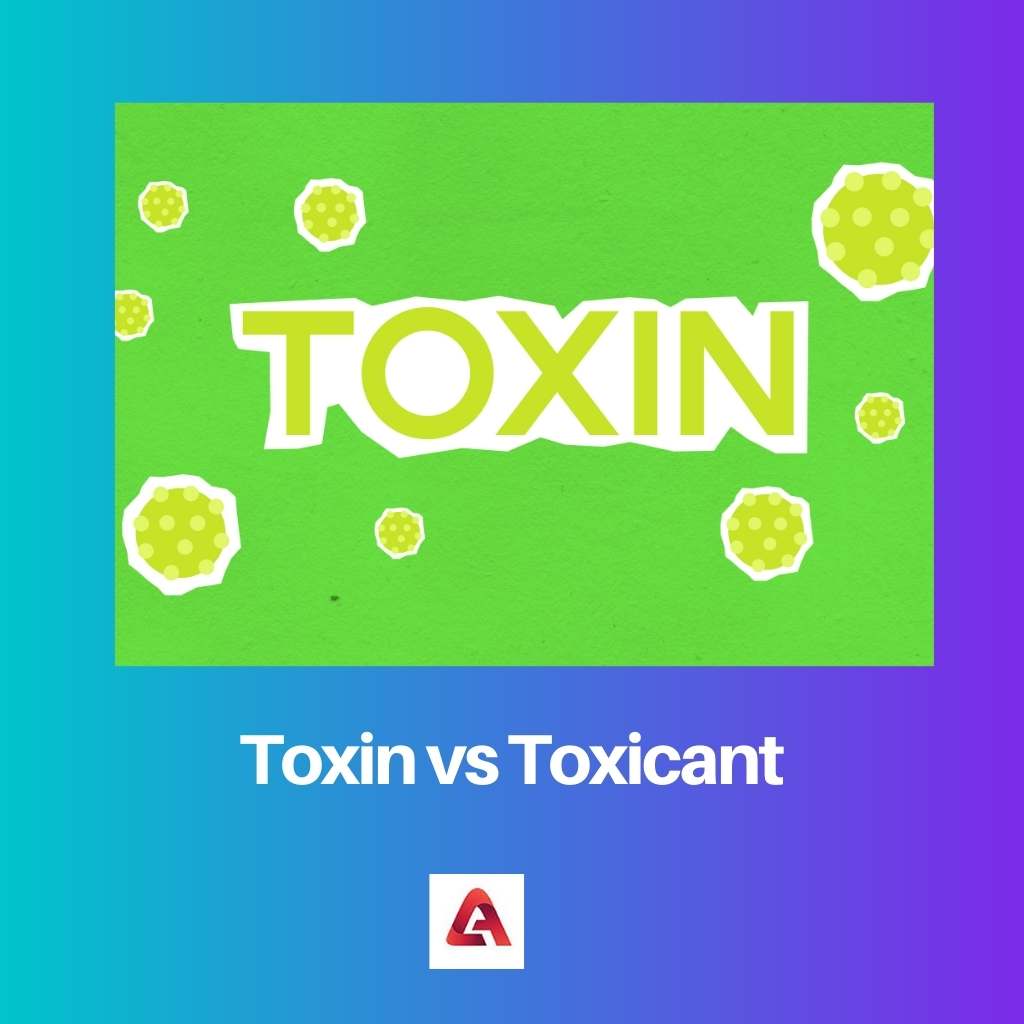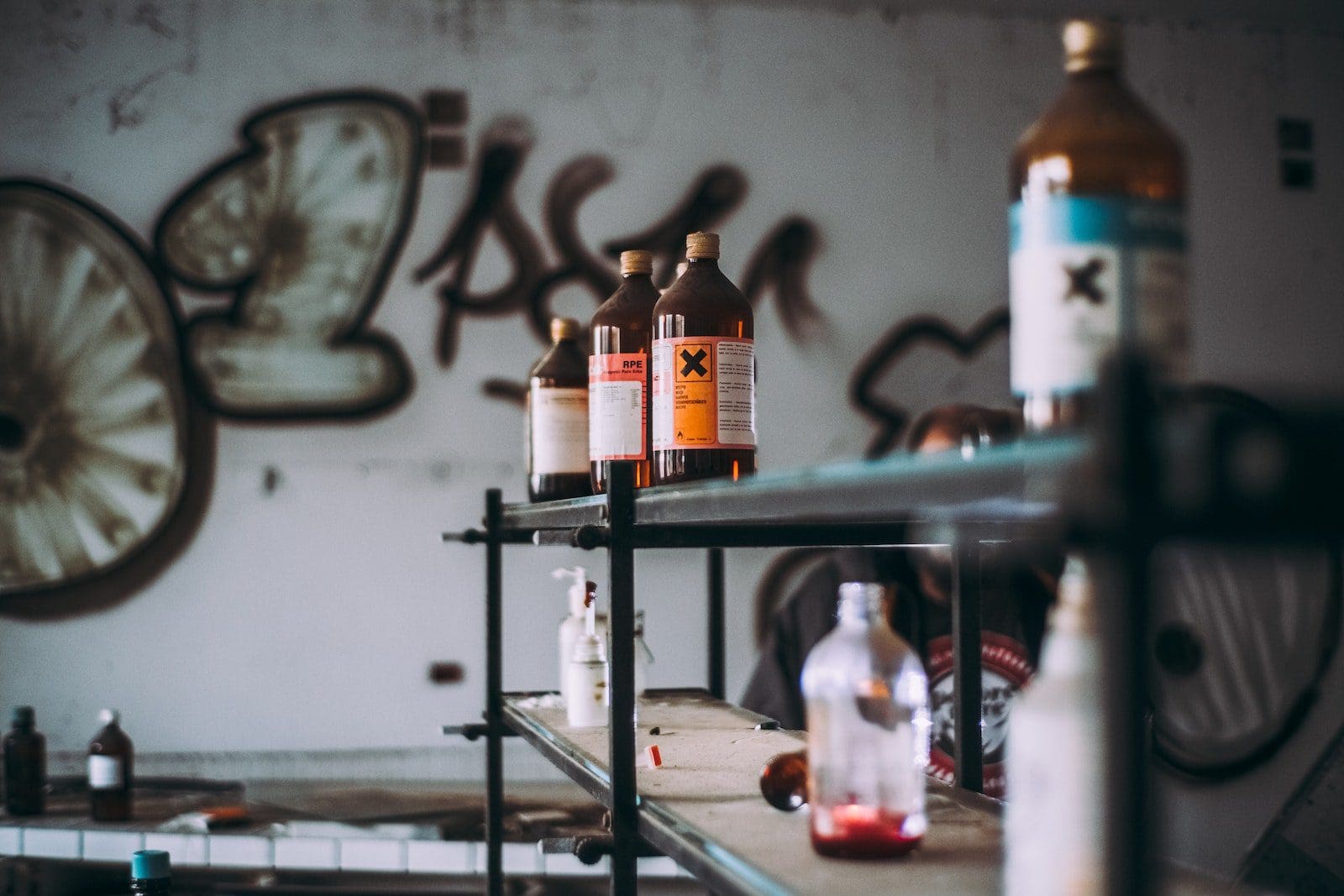Some professional degrees are heavily related to the requirement for specialized courses and university degrees that seem to be critical to mankind’s existence and also the security of every life on the earth.
Though certain jobs can add to the complexity of the place, others will necessitate extensive research and training to ensure that you are well-versed in your field.
Key Takeaways
- Toxins are poisonous substances living organisms produce, while toxicants are human-made chemicals or pollutants.
- Toxins can be found in venomous animals or poisonous plants, while toxicants are present in pesticides, industrial waste, or household chemicals.
- Toxins have a biological origin, whereas toxicants have a synthetic origin.
Toxin vs Toxicant
A toxin is a poisonous substance that is produced naturally by a living organism such as a plant, animal, or bacterium. A toxicant is a man-made or synthetic substance that is harmful to living organisms. Toxins are produced as a defense mechanism, while toxicants are the result of human activity.

Toxins are dangerous substances formed within live cells or organisms; synthetic toxicants generated through artificial procedures are prohibited.
Organic scientist Ludwig Brieger(1849–1919) coined the phrase, which was taken from the word poisonous.
A toxicant would be any poisonous chemical. Toxicants are harmful and can be artificial or naturally occurring. A toxin, on the other hand, is a poison created naturally because of a living entity (e.g., plant, animal, insect).
Toxicants of many types can be released into the environment, land, water, or food.
Comparison Table
| Parameters of Comparison | Toxin | Toxicant |
|---|---|---|
| Definition | Toxins are poisonous substances produced from living things. If one entity introduces a toxin into some other entity (such as snakes), the toxin becomes venom. | Toxicants are artificial items put into the surrounding as a result of human influence; instances include commercial waste material and insecticides. |
| Subsets of | Venomous substances are referred to as the subsets of Toxins in general. | On the other hand, toxins are considered as the subsets of Toxicants. |
| Examples | Toxins include snake venom and also the viruses that can be lethal to humans. | Whereas toxicants include man-made substances such as pesticides, bisphenol, and thousands of many other chemical products. |
| Biochemical Harm | Toxins in reptiles, such as haemotoxins, kill RBCs. Necrotoxins, such as those caused by bacteria, kill cells in tissues. They come in a variety of forms, but they always work by killing or interfering with normal cellular function. | Toxicants, from the other end, frequently cause objects to behave abnormally. Carcinogens, such as asbestos, increase cancer risk by altering the way cells grow. |
| Dealt with | Toxins are treated with through antidotes, resistance strengthening, or abstention. | Whereas, Toxicants on the other hand, occur on large sizes and are intertwined with everyday economic, commercial, including regulatory regimes. |
What is Toxin?
Toxins are dangerous substances formed within live cells or organisms; synthetic toxicants generated through artificial procedures are prohibited.
Organic scientist Ludwig Brieger(1849–1919) coined the phrase, which was taken from the word poisonous.
Toxins are tiny substances, peptides, and proteins that really can cause disease when they come into touch with or are absorbed by human tissues and engage with biomolecules like enzymes or cell sensors.
Toxin toxicity varies widely, spanning from minor (such as for a wasp sting) to almost instantaneously lethal (like botulinum toxin).
Toxins seem to be secondary metabolites and are natural molecules that aren’t intimately implicated in an individual’s survival, development, or mating but instead help it defend itself.
Toxins are frequently differentiated from other chemical munitions by their mechanism of output -the toxin does not define means of transport (compare venomously and the wider sense of poison—all compounds which can cause problems to organisms).

What is Toxicant?
A toxicant would be any poisonous chemical. Toxicants are harmful and can be artificial or naturally occurring. A toxin, on the other hand, is a poison created naturally because of a living entity (e.g., plant, animal, insect).
Toxins of many types can be released in the environment, land, water, or food.
Toxicants in the atmosphere can be harmful to humans. These toxicants from the environment can be found in fish. Toxicants are found in tobacco smoking.
Toxicants are also included in e-cigarette aerosols. They are also present in the exhaust of heat-not-burn conventional cigarettes. The majority of heavy metals are carcinogenic.
These toxicants, when consumed in regular doses, lead to toxicity. Toxicity is just the extent to which chemicals or a certain combination of chemicals may harm a creature.
It can relate to an impact on an entire organism, along with an animal, bacteria, or vegetation, as well as a consequence on a subsection of the organism, for instance, cells.

Main Differences Between Toxin and Toxicants
- Toxins are poisonous substances produced by living things. If one entity introduces a toxin into some other entity (such as snakes), the toxin becomes venom. Whereas toxicants are artificial items put into the surroundings as a result of human influence, instances include commercial waste material and insecticides.
- Venomous substances are referred to as the subsets of Toxins in general. On the other hand, toxins are considered as the subsets of Toxicants.
- Toxins include snake venom and also viruses that can be lethal to humans. Whereas toxicants include man-made substances such as pesticides, bisphenol, and thousands of many other chemical products.
- Toxins in reptiles, such as haemotoxins, kill RBCs. Neurotoxins, such as those caused by bacteria, kill cells in tissues. They come in a variety of forms, but they always work by killing or interfering with normal cellular function. Toxicants, on the other end, frequently cause objects to behave abnormally. Carcinogens such as asbestos increase cancer risk by altering the way cells grow.
- Toxins are treated through antidotes, resistance strengthening, or abstention. Whereas, Toxicants, on the other hand, occur in large sizes and are intertwined with everyday economic, commercial, including regulatory regimes.


